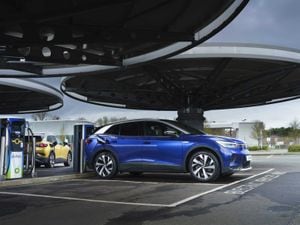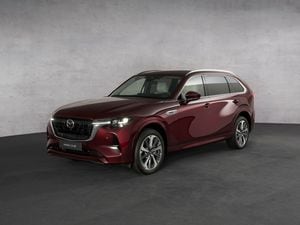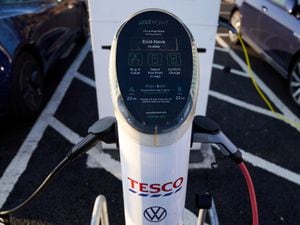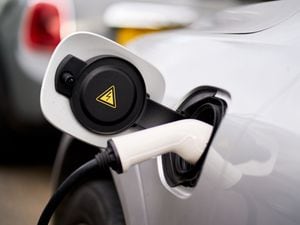Latest EV charger stats reveal huge disparity in points, depending on location
London has nearly seven times more EV chargers per 100,000 people than Northern Ireland

New Government statistics for the number of electric vehicle chargers have revealed a huge disparity in public EV chargers across the country.
Using data provided by electric car charging mapping service Zap-Map, it reveals London is considerably leading the way, with the capital having 116 public EV chargers per 100,000 of the population.
This is well ahead of other areas in the country, having nearly seven times more chargers per 100,000 people than Northern Ireland, which has just 17 units using this measurement.

Scotland is also better served than many other parts of the country, having 55 chargers per 100,000 people, while the South East and North East have 44 and 43 respectively.
The Government says most of this ‘uneven geographical distribution’ has been ‘market-led, with individual charging networks and other businesses (such as hotels) choosing where to install devices’.
However, things change when the number of rapid charging devices is looked after, with Scotland coming out on top with 14.2 units per 100,000 people. In contrast, London has just 8.4 – putting it behind regions such as the North East and West Midlands, which have 9.8 and 9.5 respectively. Rapid chargers have the capacity to add power to an electric vehicle in a much shorter time than regular units.
According to the data, as of July 1, there were 32,011 public EV chargers across the UK – an increase of 1,721 (or six per cent) compared to the start of April. Out of these, 5,974 were rapid chargers, which increased by 480 (eight per cent) in the same time period.
The North East had the greatest number of EV chargers installed between April and June, with a 14.2 per cent increase, while Scotland had the smallest, with its number of chargers increasing by just 1.2 per cent.
When it came to rapid chargers, Northern Ireland actually saw a 16 per cent decrease in the time period, corresponding to four rapid chargers being removed.





